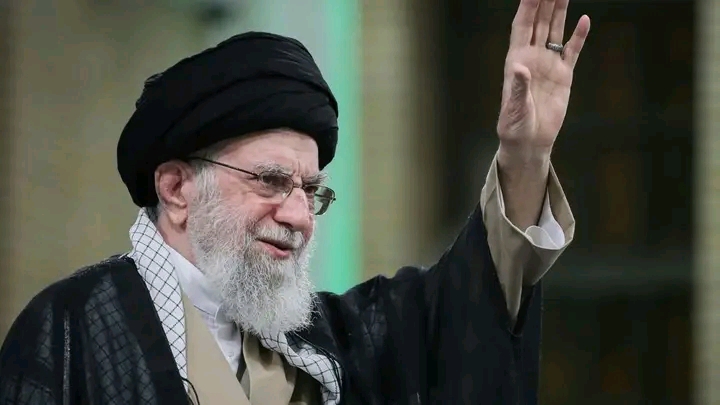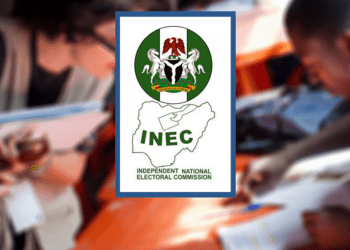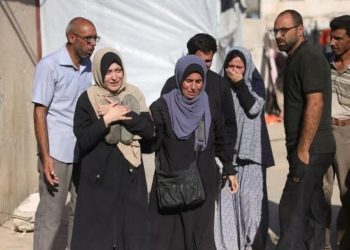Iranian authorities have confirmed that the Iran nuclear sites targeted by recent U.S. airstrikes had been evacuated “some time ago,” casting doubts over the operational impact of the military offensive.
The strikes, which occurred on the night of Friday, June 21, 2025, were publicly announced by former U.S. President Donald Trump during a statement on his campaign trail, confirming that American forces had directly bombed Iranian nuclear sites for the first time in the ongoing regional conflict.
The bombings targeted Iran’s key uranium enrichment hubs: Fordow, Natanz, and Isfahan. Trump described the mission as a “precise and successful” operation involving B-2 stealth bombers and Tomahawk cruise missiles. The Fordow facility, in particular, is deeply fortified underground and considered one of the most sensitive components of Iran’s nuclear program.
According to Iranian media, no radioactive leakage was recorded and there were no major casualties because the sites had been emptied ahead of the strike, a move Iranian officials implied was preemptive and strategic rather than a sign of retreat.
The statement from Tehran appears to be part of a wider effort to downplay the severity of the attack while maintaining internal and external confidence. While the evacuation of the sites raises questions about how far ahead Iran may have anticipated the strike, it also suggests that critical equipment and personnel may have been relocated to preserve the program’s viability.
Iranian officials have not disclosed where or how these assets were redeployed, but they assured the public that Iran’s nuclear capability remains intact.
Reactions have been divided sharply along geopolitical and ideological lines. While several Republican lawmakers in the United States praised Trump’s decision to assist Israel and act decisively against Iran, critics, particularly from the Democratic Party, condemned the strikes as unauthorized and dangerous.

They accused Trump of undermining the U.S. Constitution by carrying out acts of war without congressional approval. Iran’s leadership, meanwhile, has accused the U.S. of blatant aggression and has promised a response that is “measured but firm,” though no formal retaliation has been launched yet.
Ayatollah Ali Khamenei, Iran’s Supreme Leader since 1989, remains the central figure shaping Tehran’s response to the unfolding crisis. Revered as both a religious and political authority, Khamenei has long maintained that Iran’s nuclear program is peaceful, while also championing a doctrine of strategic resistance against Western interference.
In the aftermath of the U.S. strikes, he has refrained from making any public appearance or issuing a formal address, but statements from his office have condemned the attack as “cowardly aggression” and pledged that the Islamic Republic will determine the “appropriate time and manner” of response.
His silence has been interpreted by analysts as a calculated pause, one that allows for both internal consolidation and measured escalation, without rushing into a confrontation that could destabilize Iran’s broader regional influence.
What’s Next for Iran
As of Sunday, June 22, 2025, the world is waiting to see how Iran responds, not just diplomatically but militarily. While an immediate counter-attack has not occurred, several Iranian-aligned groups across the Middle East, including Hezbollah in Lebanon and Houthi rebels in Yemen, have issued vague warnings and statements that hint at possible retaliatory action.
The use of these proxy networks would allow Iran to exert pressure without triggering a direct, full-scale war with the United States. The Gulf region remains on high alert, with several countries increasing air surveillance and defense operations in anticipation of possible missile launches or sabotage attempts.
Global diplomatic circles are also bracing for turbulence. The United Nations Security Council is expected to hold emergency consultations over the legality of the strikes and their implications for international peace and security.
European governments have called for restraint and dialogue, warning that the continuation of hostilities could collapse what little remains of the Iran nuclear agreement and plunge the region into broader war. With international oil markets already reacting with nervous spikes in pricing, the economic ripple effect is beginning to show.
Whether calm can be restored or the confrontation accelerates now depends on Iran’s strategic patience and Washington’s next move.
































